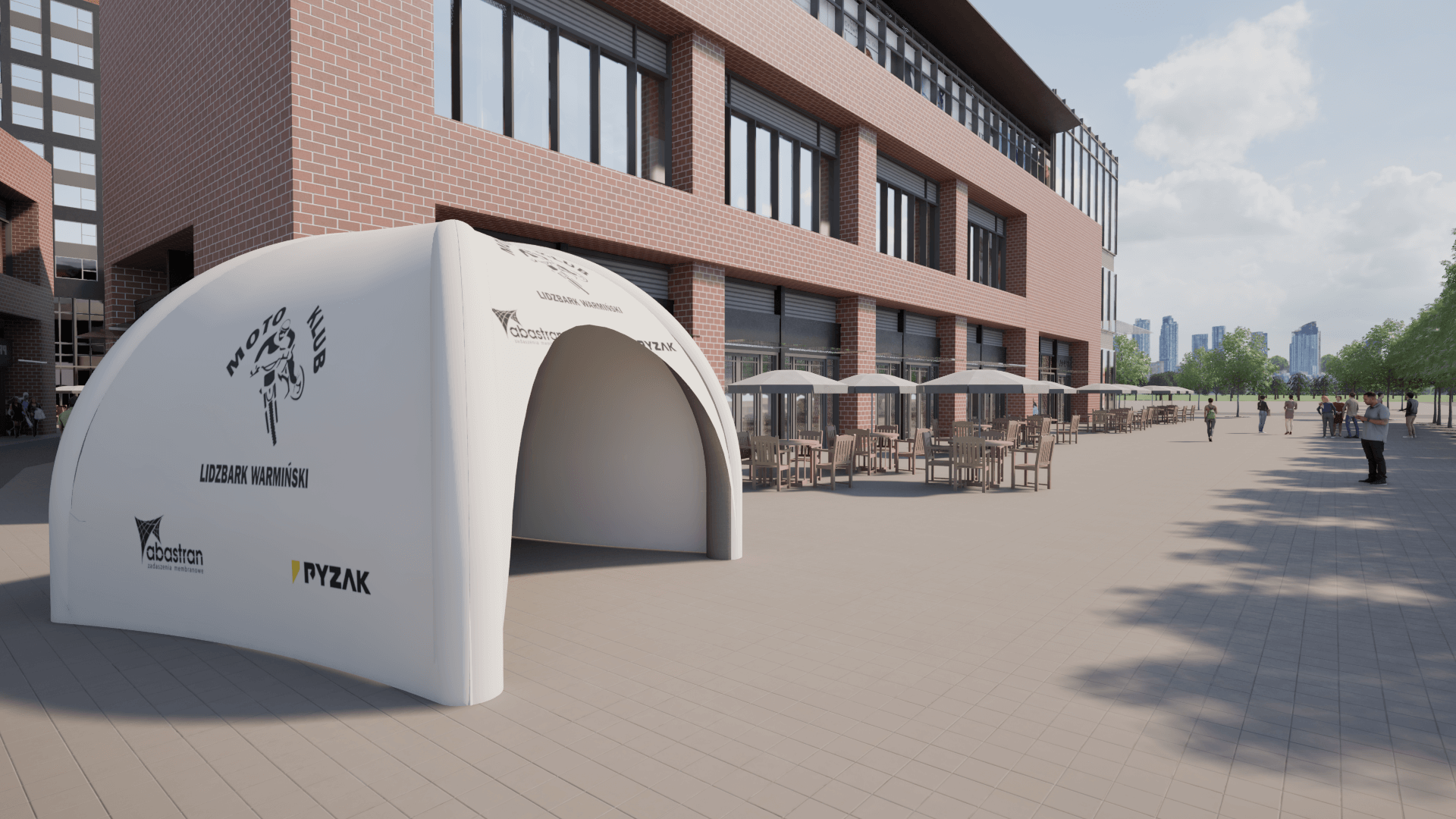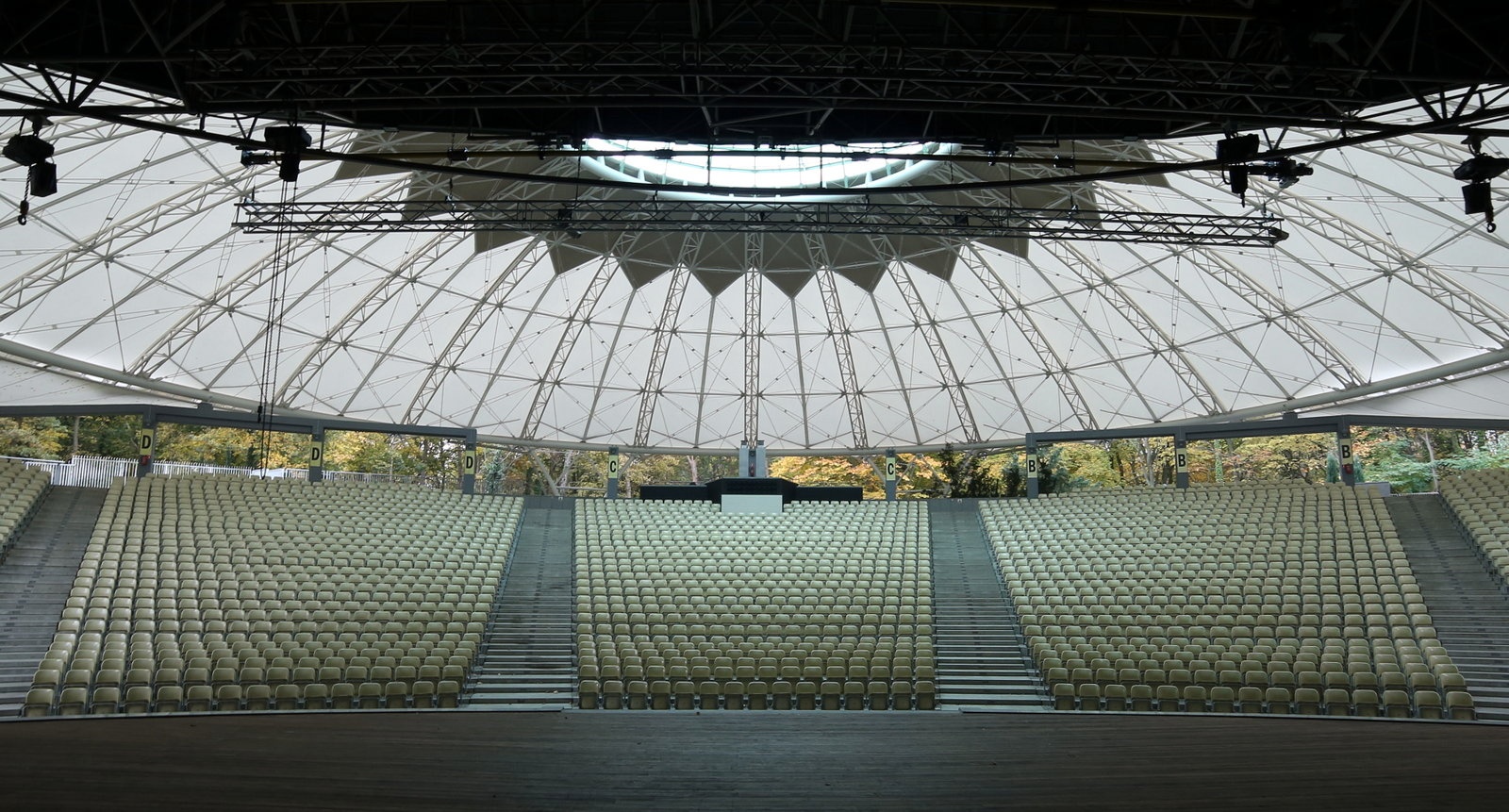
Steel Structure or Concrete – What to Choose?
The decision to choose between a steel structure or a concrete one is one of the most important choices investors, architects, and engineers must make. Both materials are popular in construction, yet their properties differ significantly. Both steel and concrete have their advantages and disadvantages that impact durability, construction time, and investment costs. In this article, we will discuss steel and concrete structures to help make decisions when designing industrial halls, commercial buildings, or homes.
Steel Structure – Advantages and Disadvantages
Advantages of Steel Structures:
Steel structures are increasingly popular in construction due to their unique properties and the use of modern technologies. Here are the main advantages of steel structures:
- High Strength at Low Weight: Structural steel is very strong, allowing for the creation of lightweight yet extremely stable structures. The lightness of steel structures reduces the load on foundations, which is significant when constructing tall buildings.
- Quick Assembly: Steel components are often prefabricated, which shortens assembly time on site. This allows projects utilizing steel to be completed much faster than concrete ones.
- Design Flexibility: Steel structures offer wide design possibilities. With modern technologies like CAD software, engineers can create complex architectural forms, giving designers greater freedom.
- Resistance to Biological Factors: Steel is not susceptible to mold, fungi, or insects, extending the lifespan of buildings.
Disadvantages of Steel Structures:
While steel has many advantages, there are some disadvantages of steel structures worth considering:
- Need for Corrosion Protection: Steel is prone to corrosion; therefore, appropriate corrosion protection measures such as galvanizing or painting are necessary to protect the structure from rusting.
- Higher Material Costs: In some cases, steel may be more expensive than concrete, but long-term savings from quicker assembly and lower maintenance costs can offset this.
- Thermal Conductivity: Steel has poor insulating properties, so additional thermal insulation is required to minimize heat loss. Thermal insulation is a crucial element that can increase project costs.
Concrete Structure – Advantages and Disadvantages
Advantages of Concrete Structures:
Concrete structures have long been used in construction and have their advantages, which in some cases outweigh those of steel:
- Good Acoustic Insulation: Concrete features high acoustic insulation, making it an ideal choice for buildings where sound dampening is essential, such as in apartments or offices.
- Lower Material Costs: In some cases, concrete can be cheaper than steel, making it more financially accessible for many investors, especially in simpler constructions.
Disadvantages of Concrete Structures:
However, concrete structures also have limitations that may affect the choice of material:
- Longer Construction Time: Concrete requires significantly more time to harden and assemble, which can prolong the construction schedule. For projects where time is critical, steel has the advantage.
- Greater Weight of Structures: Concrete is significantly heavier than steel, necessitating the construction of more massive foundations to support the structure.
- Less Design Flexibility: Concrete does not offer the same degree of freedom in shaping the building’s form as steel. A concrete structure is more challenging to modify during construction or expand in the future.
Steel Structure vs Concrete
It is worth comparing steel and concrete structures in terms of several significant aspects:
- Strength and Durability: Steel has high resistance to dynamic loads and modern protection technologies, making it more flexible and resistant to long-term wear. Concrete, on the other hand, has high compressive strength but is less flexible.
- Construction Time: For projects where time is critical, steel wins. Steel halls or office buildings can be assembled quickly due to prefabrication. Concrete requires a longer time for completion, which can lead to delays.
- Fire Resistance: Concrete is naturally more fire-resistant; however, steel structures can be protected with special fire-resistant coatings that increase their resistance to high temperatures.
- Environmental Impact: Steel is a fully recyclable material, aligning with the principles of sustainable construction. Concrete, on the other hand, is more difficult to recycle, and its production is associated with higher CO2 emissions.
Which Structure to Choose – Steel or Concrete?
The final choice between a steel structure and a concrete one depends on the specifics of the project. For investors valuing quick assembly, design flexibility, and modern architectural solutions, steel is more suitable. Conversely, for projects requiring good acoustic insulation and simpler forms, concrete may be the better choice.
If you are still unsure which structure is better—steel or concrete—it is worth consulting with experts. Abastran offers comprehensive design and construction services for steel structures, helping to choose the best solution for your project. We also offer construction optimization.
👉 Contact us and learn more about modern solutions in steel construction!

Advertising Tents as an Investment – How to Increase Brand Recognition at Events?


Competition for Innovative Membrane Roofing – Results and Inspirations
This year, we had the pleasure of organizing a competition together with the Faculty of Architecture at the Silesian University of Technology for 6th-semester students to design innovative membrane roofing. The award ceremony, held at the Faculty of Architecture in Gliwice, was the culmination of the young designers’ creative and technical journey.








